Helical Piles
The Helical Pile System allows for penetration through rocky soils such as a pit run.
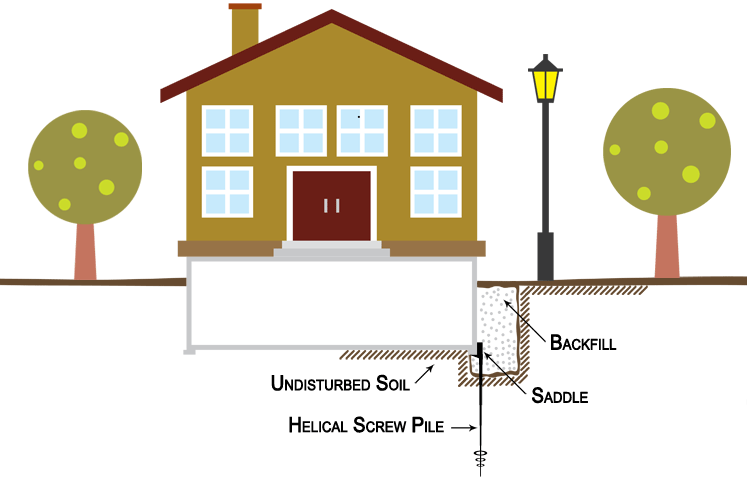 The piles are screwed into the ground until the required resistance is reached. The pile is attached to the foundation using saddles.
The piles are screwed into the ground until the required resistance is reached. The pile is attached to the foundation using saddles.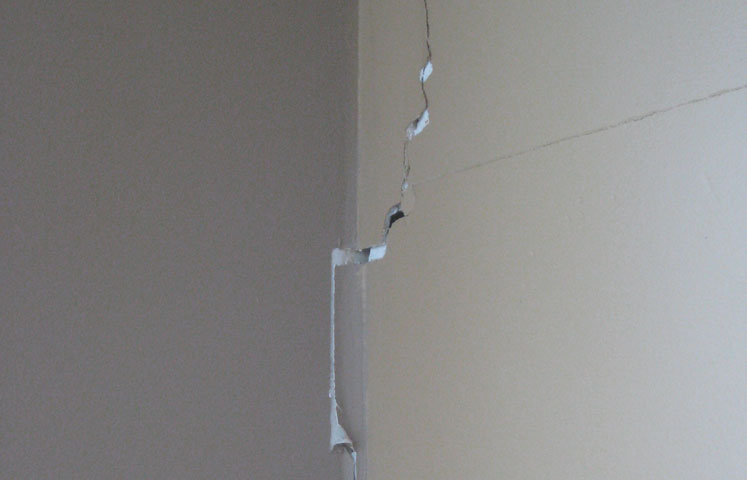 Cracking on walls, ceilings, and floors are the first signs of settlement, indicating that something is wrong. When you see cracking like this in your home, we suggest calling a foundation professional, such as Abalon.
Cracking on walls, ceilings, and floors are the first signs of settlement, indicating that something is wrong. When you see cracking like this in your home, we suggest calling a foundation professional, such as Abalon.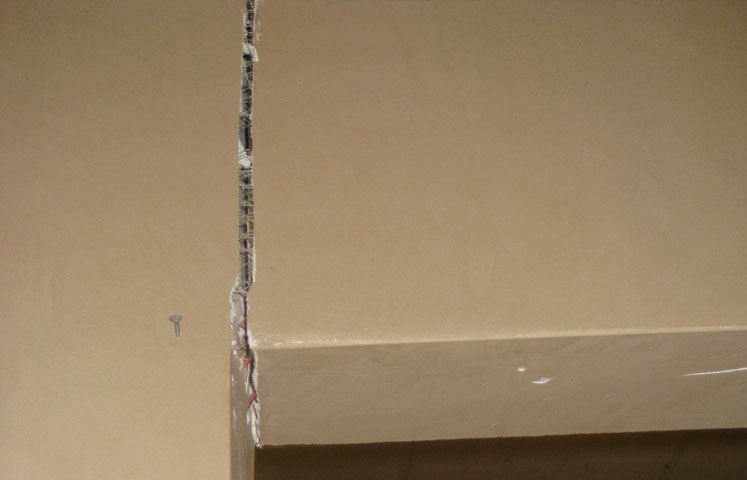 Doorways are the first place where cracks occur. Doors that don’t open or close properly indicate movement.
Doorways are the first place where cracks occur. Doors that don’t open or close properly indicate movement.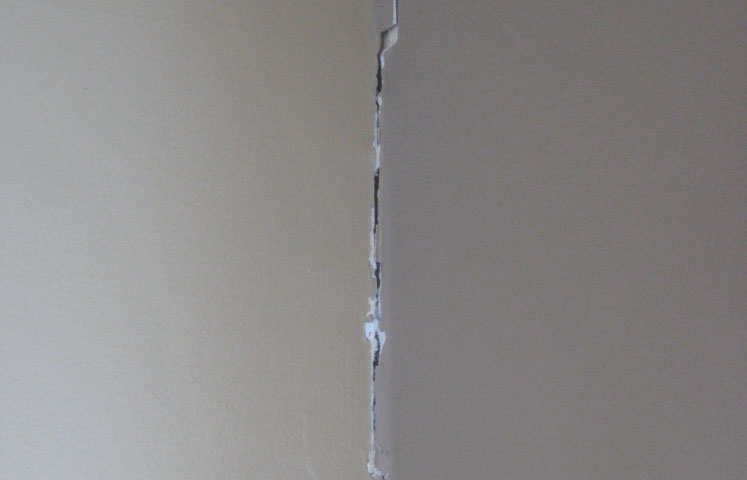 The project pictured here required the installation of 10 helical (screw) piles to stop further movement and to attempt to level this house.
The project pictured here required the installation of 10 helical (screw) piles to stop further movement and to attempt to level this house.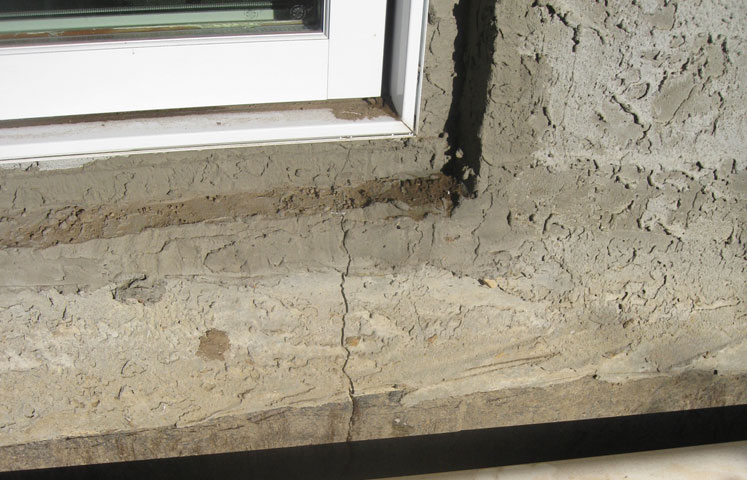 The owner of the home noted cracks on the foundation walls that appeared, and called Abalon to find a solution.
The owner of the home noted cracks on the foundation walls that appeared, and called Abalon to find a solution.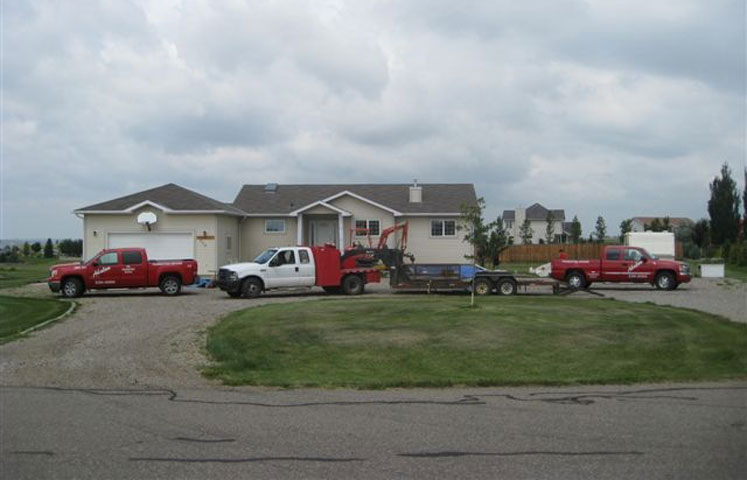 Abalon mobilized a crew, and set up to begin the underpinning project.
Abalon mobilized a crew, and set up to begin the underpinning project.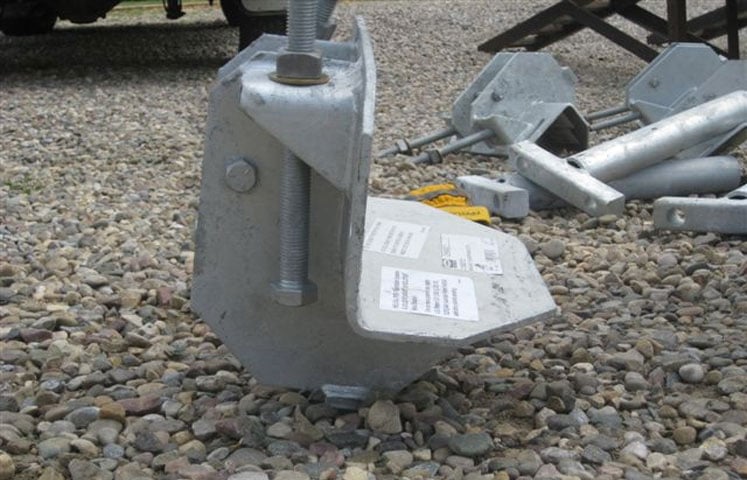 Heavy duty saddles are used to support the work.
Heavy duty saddles are used to support the work.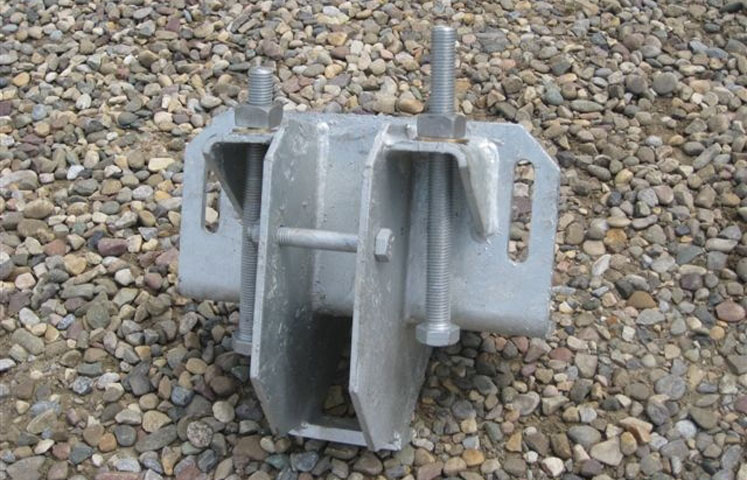 There are also light duty support brackets. These are mainly used for decks and light structures.
There are also light duty support brackets. These are mainly used for decks and light structures.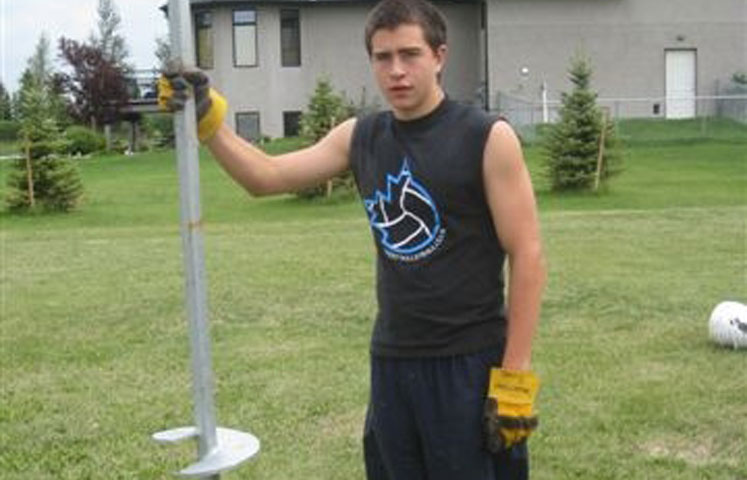 A crew member, Johnathan Rojas, is holding a helical (screw) pile lead. This one has a 10 inch and a 12 inch helical on it.
A crew member, Johnathan Rojas, is holding a helical (screw) pile lead. This one has a 10 inch and a 12 inch helical on it.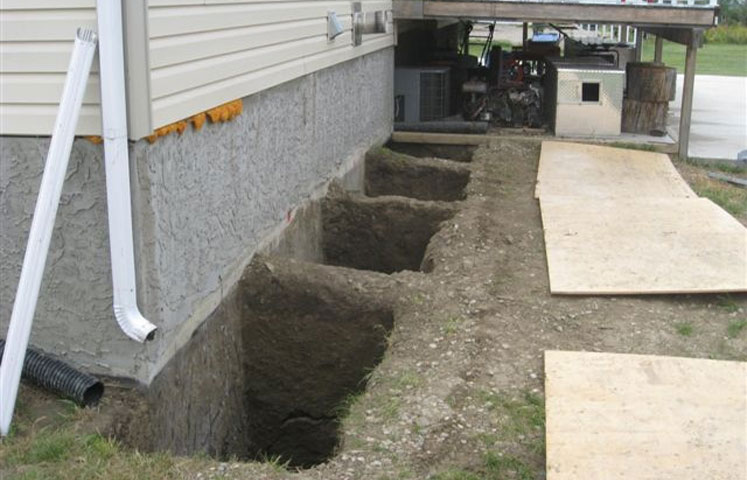 Holes are hand-excavated at all pier locations.
Holes are hand-excavated at all pier locations.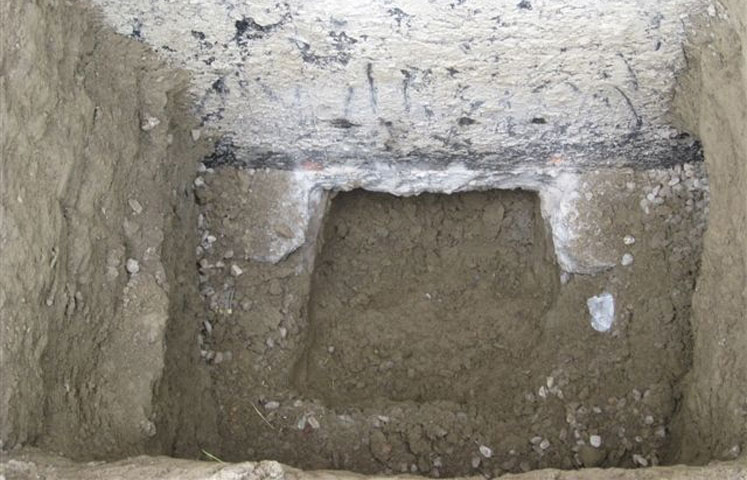 A portion of the footing is removed to allow for pier installation.
A portion of the footing is removed to allow for pier installation.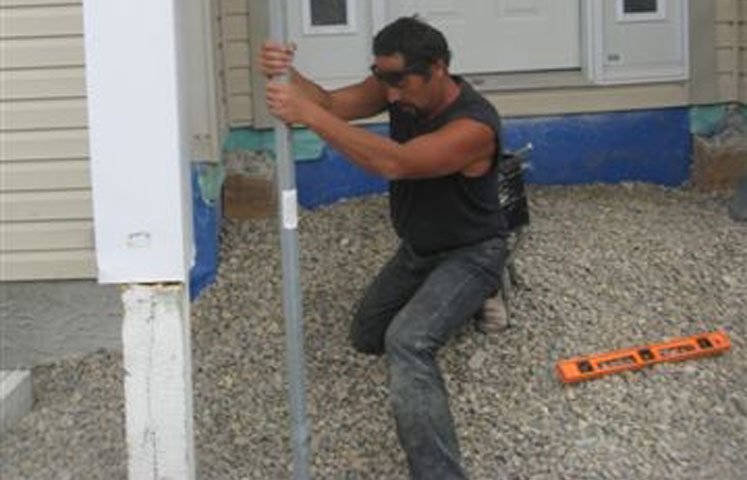 A crew lead, Andres Rojas, is directing the installation of a light duty pier that will hold up the front entrance deck and stairs.
A crew lead, Andres Rojas, is directing the installation of a light duty pier that will hold up the front entrance deck and stairs.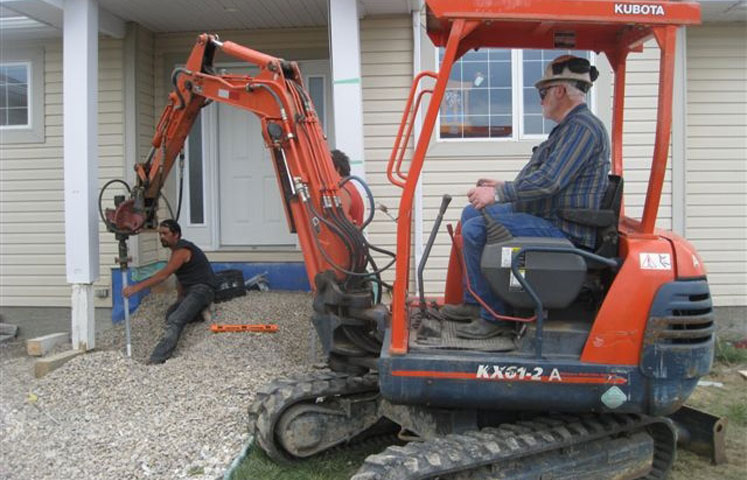 The rig is maneuvered through tight spaces with the expertise of our team.
The rig is maneuvered through tight spaces with the expertise of our team.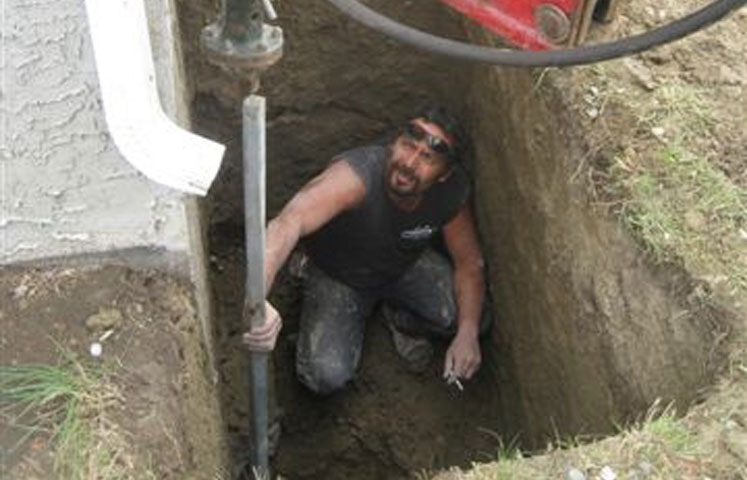 The lead section is now screwed in. Additional extensions are used until required depth is reached.
The lead section is now screwed in. Additional extensions are used until required depth is reached.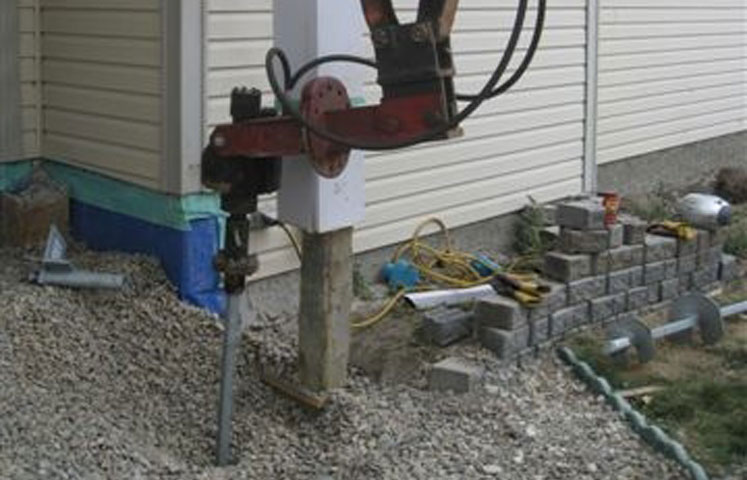 The rig is small and can fit through most places.
The rig is small and can fit through most places.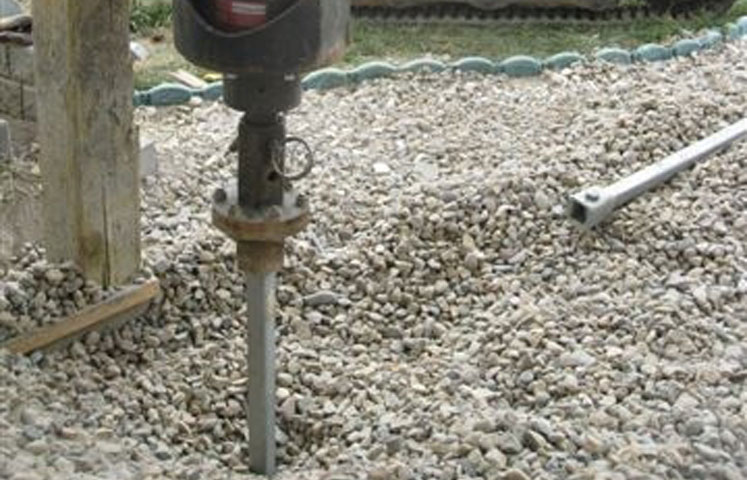 Helical (screw) piles are great when the soils are rocky.
Helical (screw) piles are great when the soils are rocky. The shaft of the pile is kept vertical and as close as possible to the wall.
The shaft of the pile is kept vertical and as close as possible to the wall.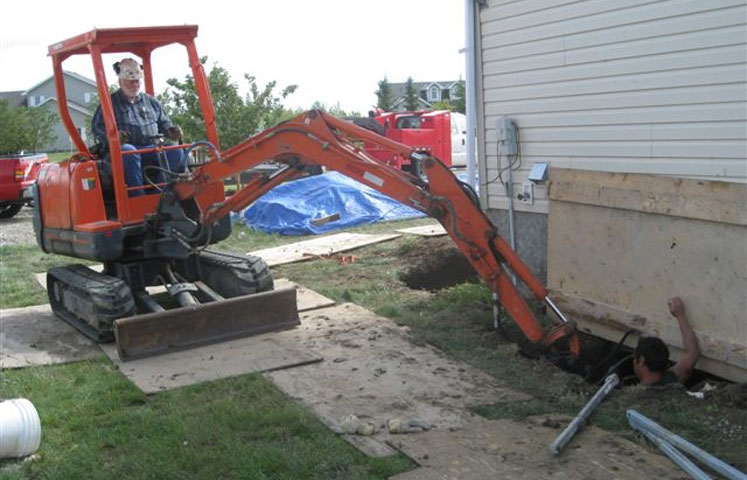 Plywood is used on the wall to protect the structure.
Plywood is used on the wall to protect the structure.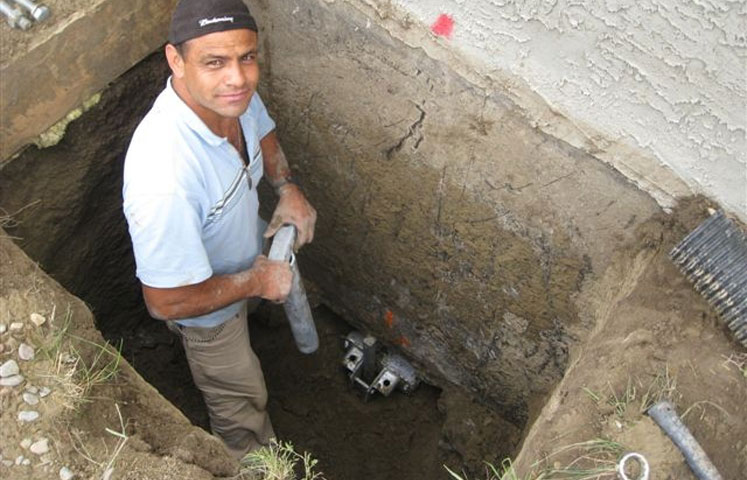 When the pile is at the required depth, it is cut and the bracket is installed under the footing. A “T” shape is installed, which is a part of the jacking mechanism.
When the pile is at the required depth, it is cut and the bracket is installed under the footing. A “T” shape is installed, which is a part of the jacking mechanism.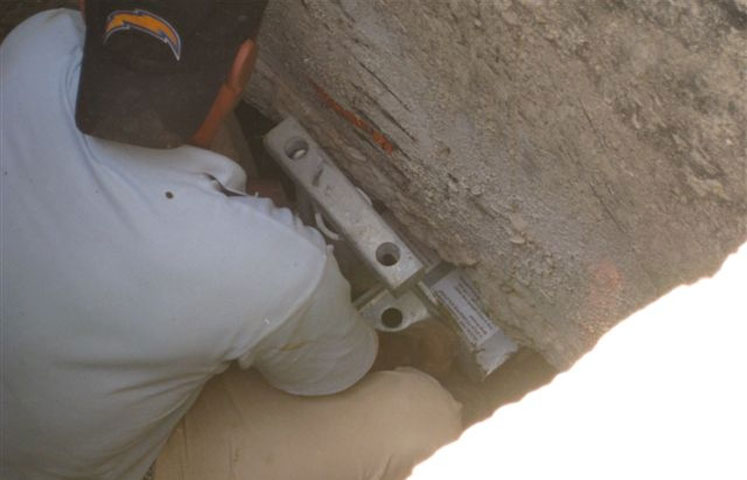 The “T” is bolted on.
The “T” is bolted on. The piles can be adjusted by turning the 2 bolts.
The piles can be adjusted by turning the 2 bolts.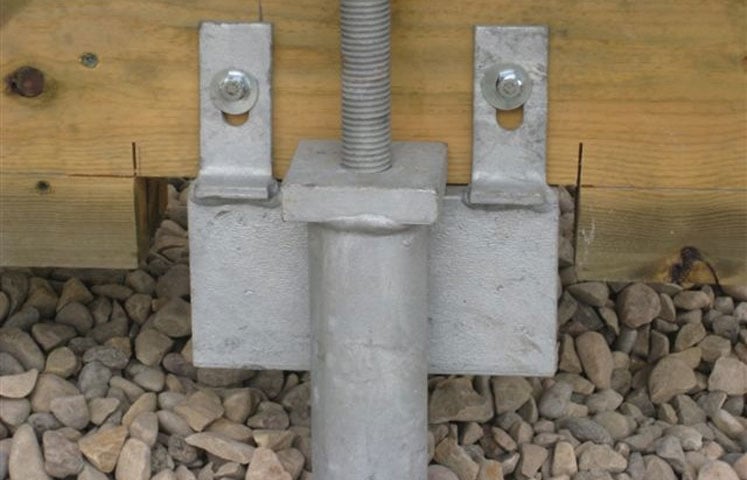 This is a light duty bracket for the deck.
This is a light duty bracket for the deck.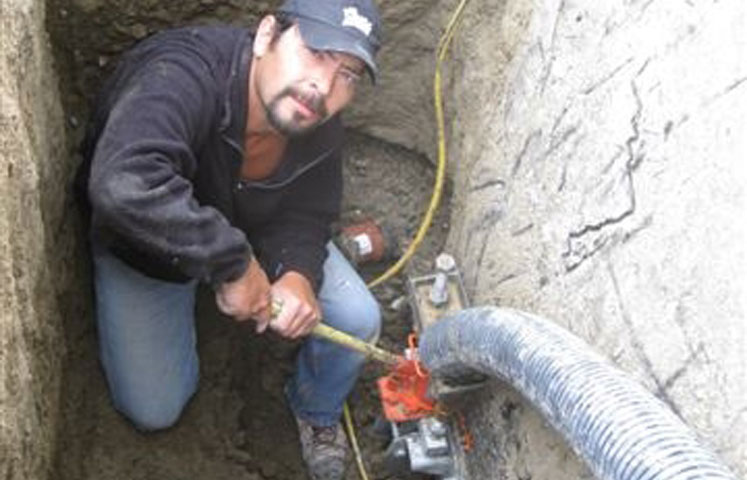 Once all piles are secured completely with all the brackets and “T’s” in place, jacks are installed and all the piles are moved at the same time. They are moved an 1/8 of an inch at a time.
Once all piles are secured completely with all the brackets and “T’s” in place, jacks are installed and all the piles are moved at the same time. They are moved an 1/8 of an inch at a time.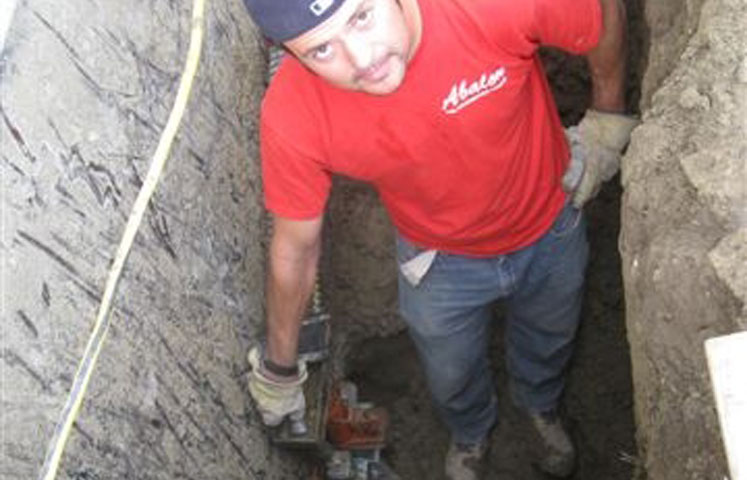 The crew watch for wall movement.
The crew watch for wall movement.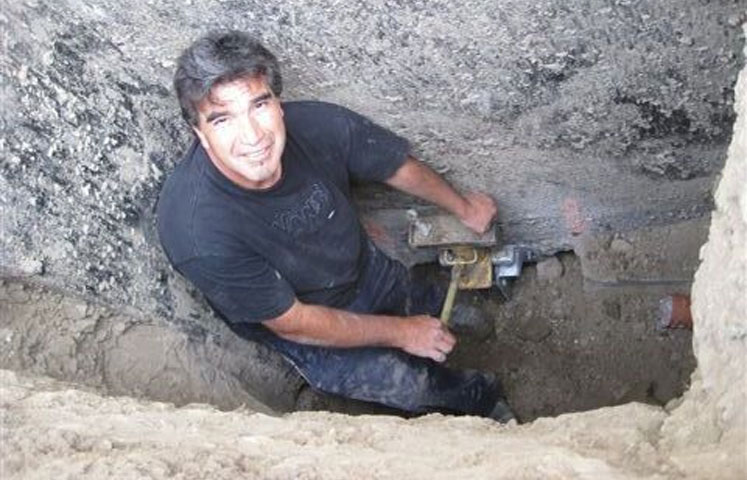 The crew are all lead by a site supervisor who uses a builders level to monitor movement.
The crew are all lead by a site supervisor who uses a builders level to monitor movement.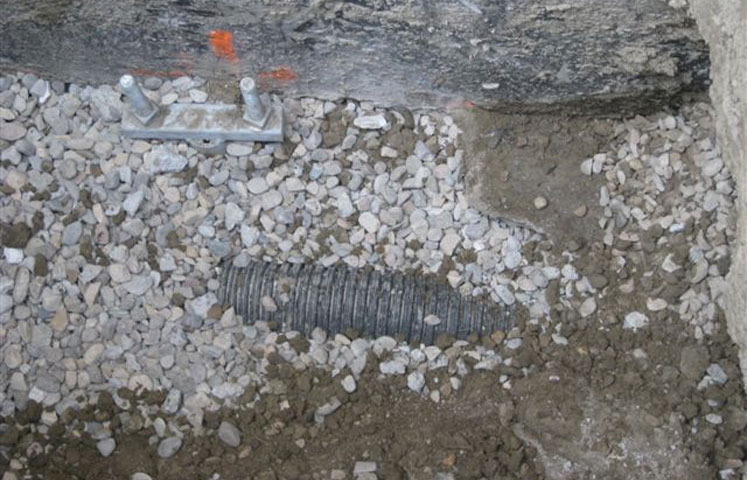 Once piles are set, the weeping tile is reconnected, covered with washed rock, and the excavation is backfilled.
Once piles are set, the weeping tile is reconnected, covered with washed rock, and the excavation is backfilled.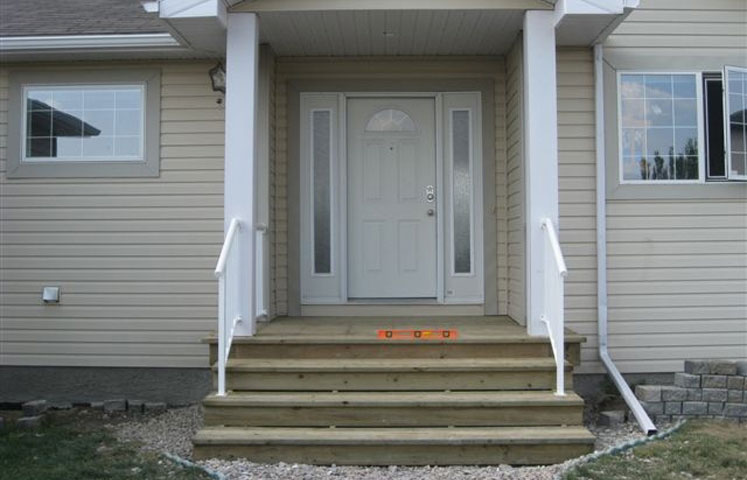 The project is complete. The house is now level.
The project is complete. The house is now level.